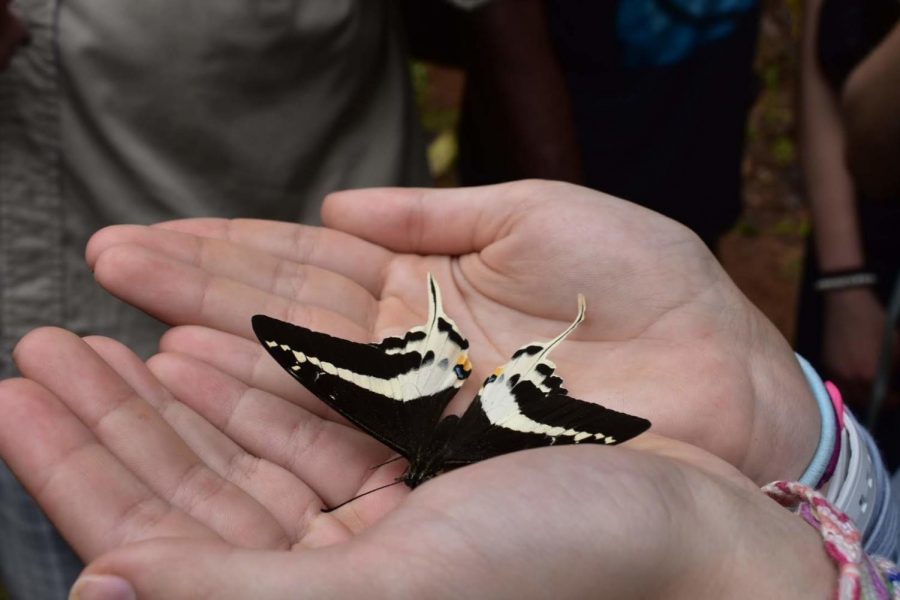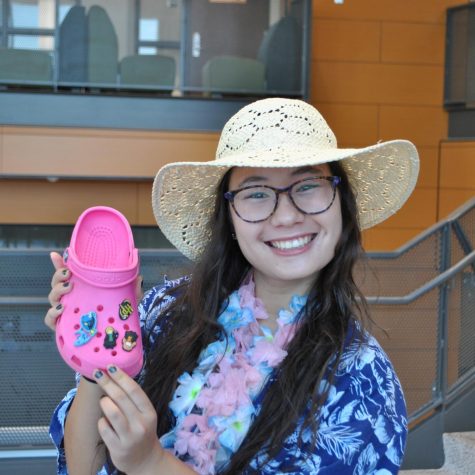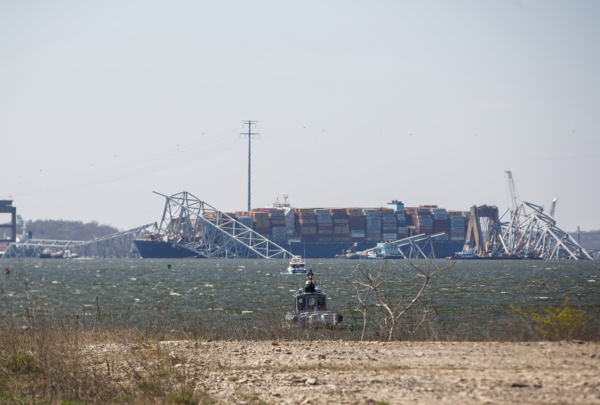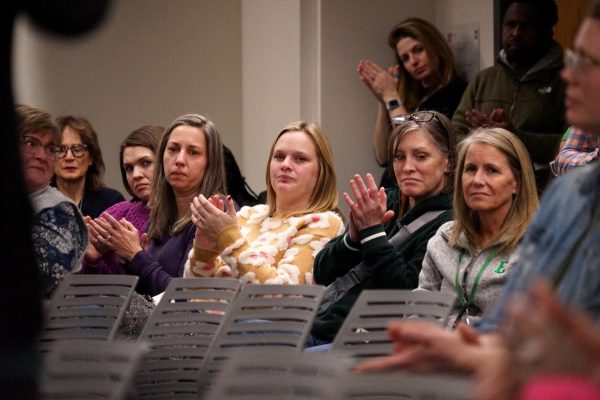EHS students contribute to the discovery of new Swallowtail Butterfly in Fiji
December 14, 2018
Last summer, Edina High School students participated in the discovery of an endemic Fijian butterfly. The expedition to Fiji included 19 rising EHS seniors, science teachers Lindsey Smaka and Allison Ronglien, and Principal Andy Beaton and his wife, Anne.
The trip was arranged through Operation Wallacea, an organization that runs a series of biological and conservation management research programs. In order to establish a national park, the organization was in the Natewa Peninsula to collect data. In the process, they discovered a new species.
The discovery of the new Swallowtail butterfly began in summer 2017 when Operation Wallacea scientist Greg Kerr photographed the insect. As entomologists were unable to identify the butterfly, scientist John Tennent joined the 2018 Fiji expedition.
The EHS students on the Fiji trip worked with Tennent. “We’re high school students and we got to see the species and see it fly through the forest. That was incredible. Because I’m not even an adult yet, and I just helped discover a species which is super cool,” senior Madeleine Kellick said.
The newly discovered butterfly species was named Papillo natewa after where it was found, the Natewa Peninsula on the Vanua Levu island in Fiji. This butterfly is the third type of swallowtail butterfly found in the region. In a location considered well known in terms of butterfly species, the discovery was unexpected.
Due to the abundance of sightings and observed flight patterns, Tennent found its probable habitat. Senior Anna McDonald and Kellick were members of a small group that helped confirm the area as the butterfly’s habitat. “Obviously John was super excited and blown away that he found that they [Papillo natewa] kept coming back to this one place. We [the group] were all really excited too,” McDonald said.
In addition to the remarkable discovery, finding a habitat is rare. “It was super curious because this doesn’t usually happen with butterflies, they usually don’t have a habitat. In order to find food, I think John said that they would usually go to different places and they wouldn’t keep coming back to the same place,” McDonald said.
As the habitat was located near the Operation Wallacea forest base camp, students were able to observe multiple Papillo natewa butterflies. However, they were difficult to catch. “As an amateur, it was very hard to catch a butterfly and especially because these butterflies are fast and have big wings,” Kellick said.
“This planet has been so discovered for so long. It’s kind of crazy to think that you can find another species when we [humans] have pretty much been all over the world and been documenting millions of species,” Kellick said.











